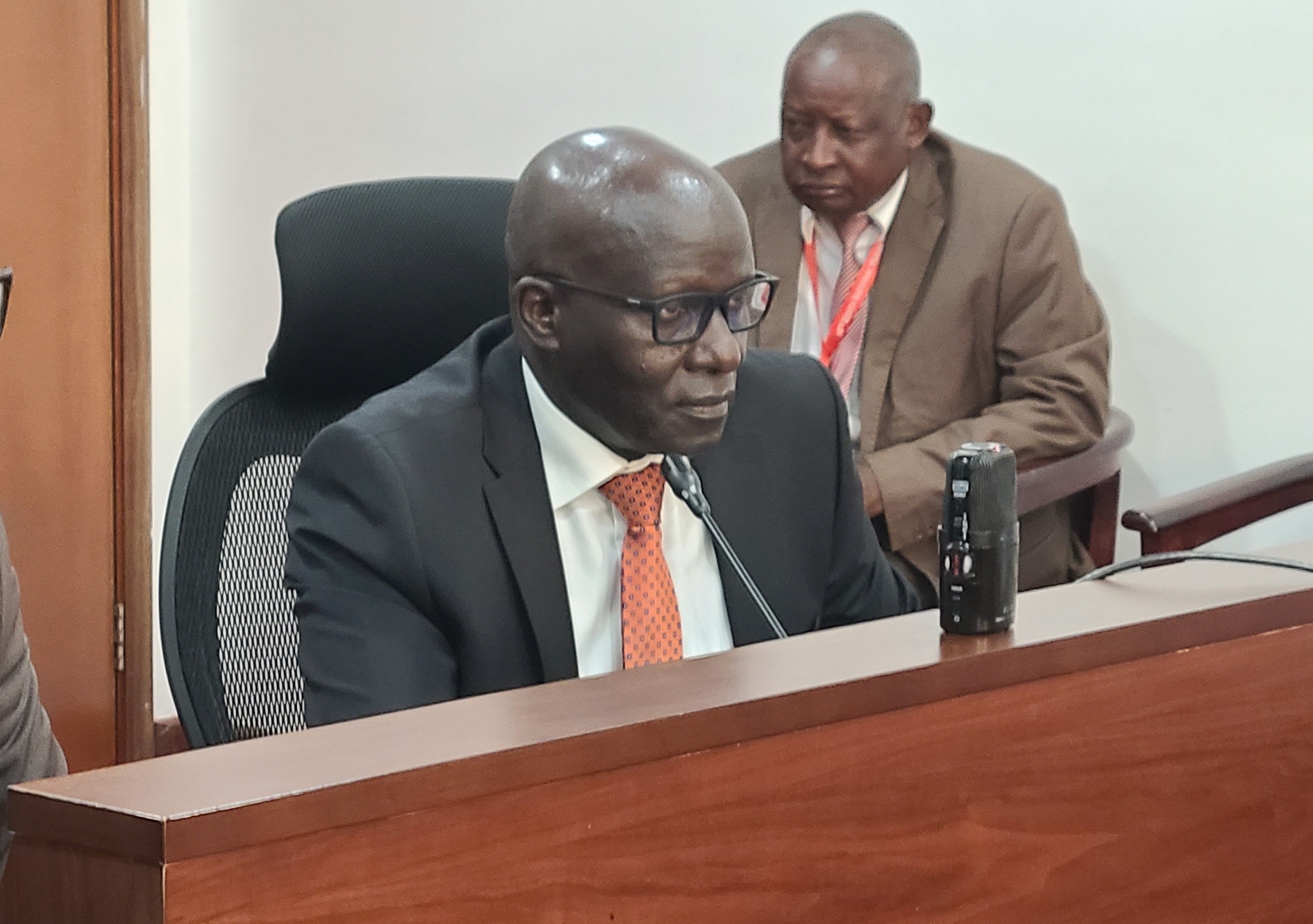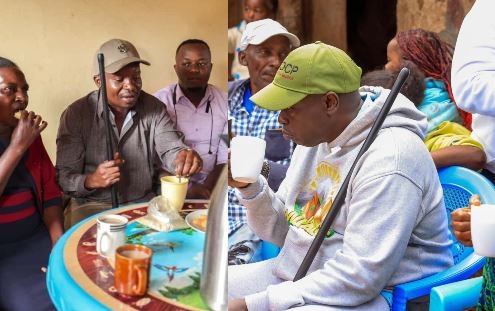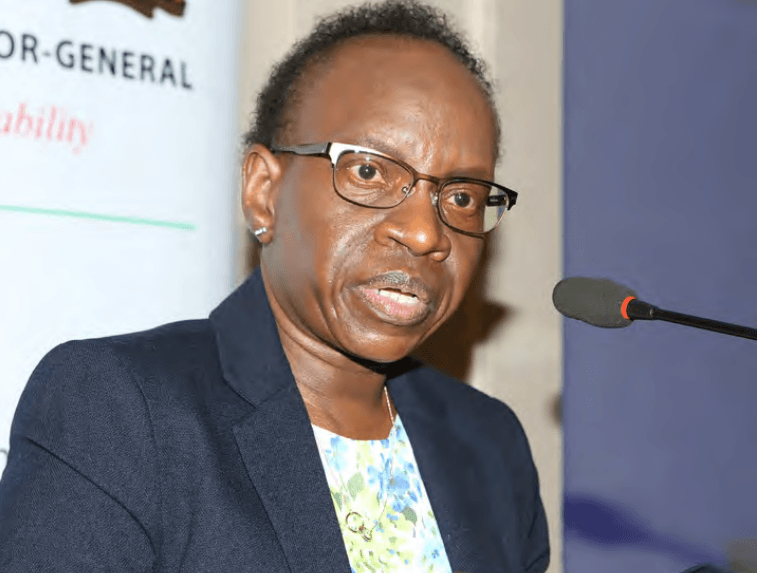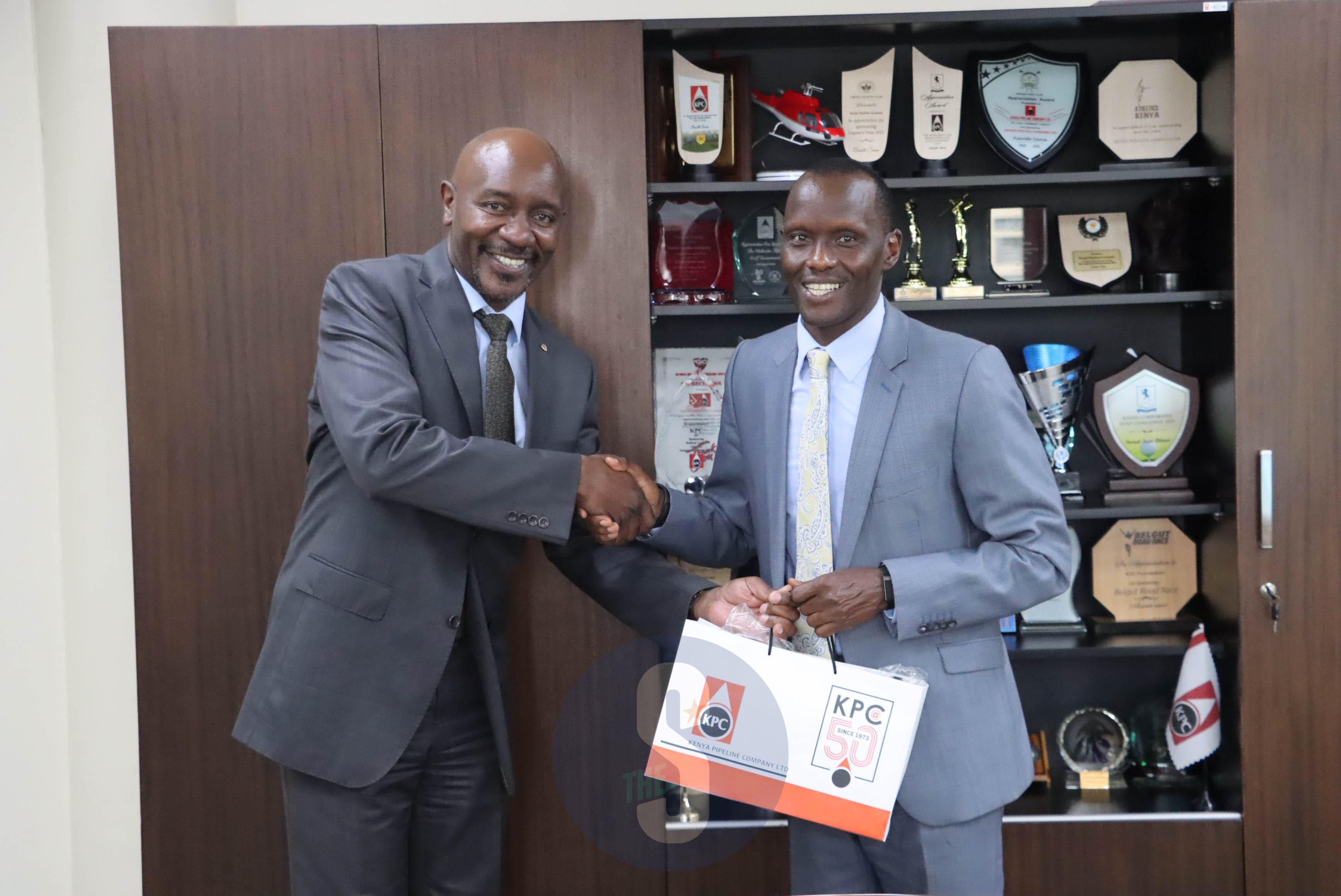The Ministry of Health is working with counties and various partners to ensure health services are not disrupted should the predicted El Niño rains pound the country.
In the ministry’s Comprehensive Contingency Plan for El Niño unveiled on Thursday, they want to ensure stockpiles of emergency response health supplies and materials are readily available.
In addition, the focus is on establishing temporary health facilities in areas prone to flooding.
Temporary facilities will also be established in area where facilities may become inaccessible due to floods.
Public Health PS Mary Muthoni further said the ministry will ensure health facilities are well-stocked ahead of the rains to prevent supply shortages.
The national Public Health Emergency Operations Centre will also be activated and operational, issuing early warning signs and alerts.
“County Emergency Operation Centres are expected to be activated promptly, with 18 already established. All counties are encouraged to establish and operationalise one,” Muthoni said.
Already, the ministry has formed Emergency Rapid Response Teams in anticipation of the predicted El Niño rains.
The teams, according to the ministry will be key in providing technical assistance, strengthening and supporting counties in the formation of their response teams.
Muthoni said the rapid response teams will conduct rapid initial assessments and plan for effective responses, forecasting post-flood recovery efforts and building back better in areas requiring health system restoration.
So far, the ministry has conducted health facility capacity preparedness and sensitisation to address the expected surge in flood-related accidents, waterborne diarrhoeal diseases and the impact it might have on continuous provision of essential healthcare services.
“Sensitisation and response strategies for water-related vector-borne illnesses, including Rift Valley haemorrhagic fever, dengue fever, chikungunya, malaria and others has been finalised,” Muthoni said.
In addition, the communities are being sensitised on response plans for diseases like diarrhoeal diseases.
“The ministry emphasises preventive and promotive health including vaccination against cholera, polio, typhoid, and more,” the PS said.
After seven years, Kenya is staring at another El Niño event.
This is after the World Meteorological Organisation on July 5, declared the onset of El Niño.
El Niño occurs on average every two to seven years, and episodes typically last nine to 12 months.
The phenomenon usually brings heavy rains to Kenya, as opposed to La Niña, which brings dry weather.
El Niño conditions are expected to persist up to the October-December 2023 rainfall season and may extend to the November to January season.
The 1997 El Niño rainfall had a devastating impact on agriculture, water resources, transport and communications and health sectors due to its uniqueness, intensity and destructive power.
During that period, several health facilities were physically destroyed while an upsurge of disease epidemics and an increase in morbidity and mortality rates were witnessed.
On Wednesday, Water Resources Authority asked Kenyans to be on the lookout for areas likely to be affected by the expected El Niño rains.
WRA said the forecast indicated that most parts of the country will experience enhanced rains that will be fairly distributed in some areas and heavily distributed in other parts.
"The heavy rainfall may lead to river levels rising significantly and may overtop the banks and cause flooding in adjacent low-lying areas such as Lower Nyando, Lower Nzoia and Lower Sondu," the WRA statement read.
The regulator further said flash floods caused by the excessive runoff may be experienced in some areas especially urban areas such as Nairobi, Narok, Isiolo, Wajir and Mandera.
WRA said there is also a high possibility of the filling of dams with a likelihood of them spilling over and causing flooding downstream.















